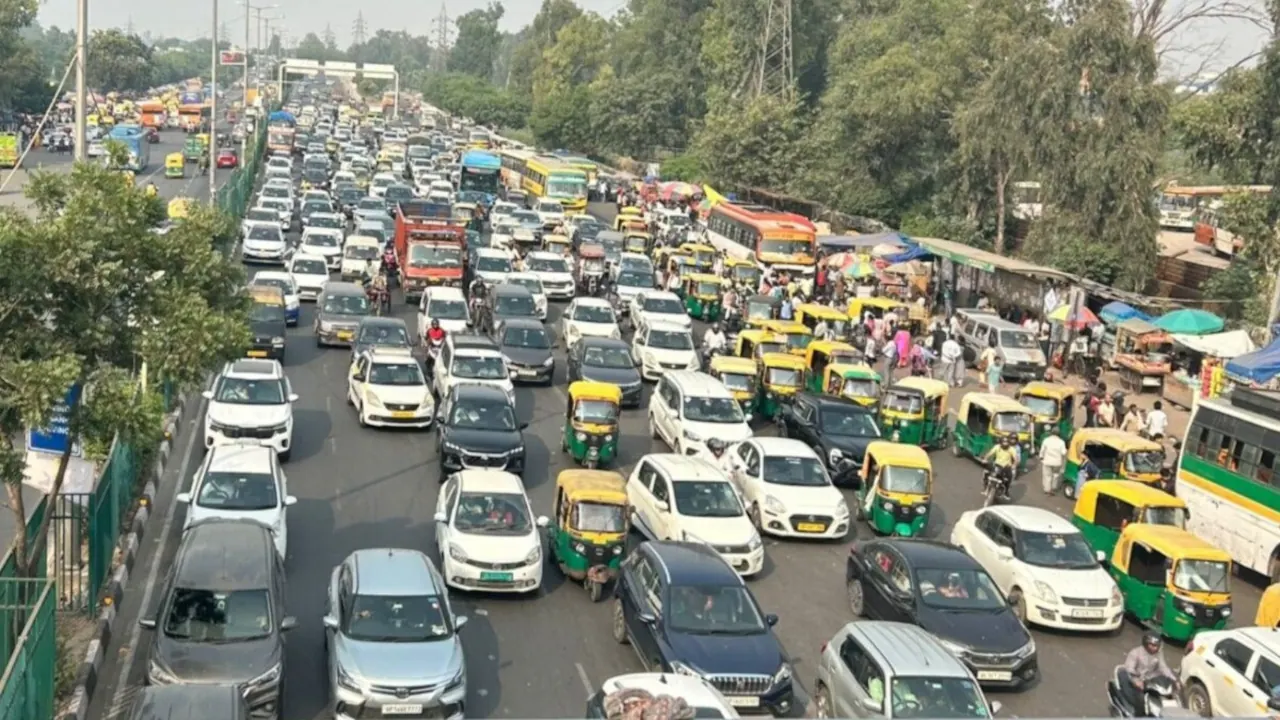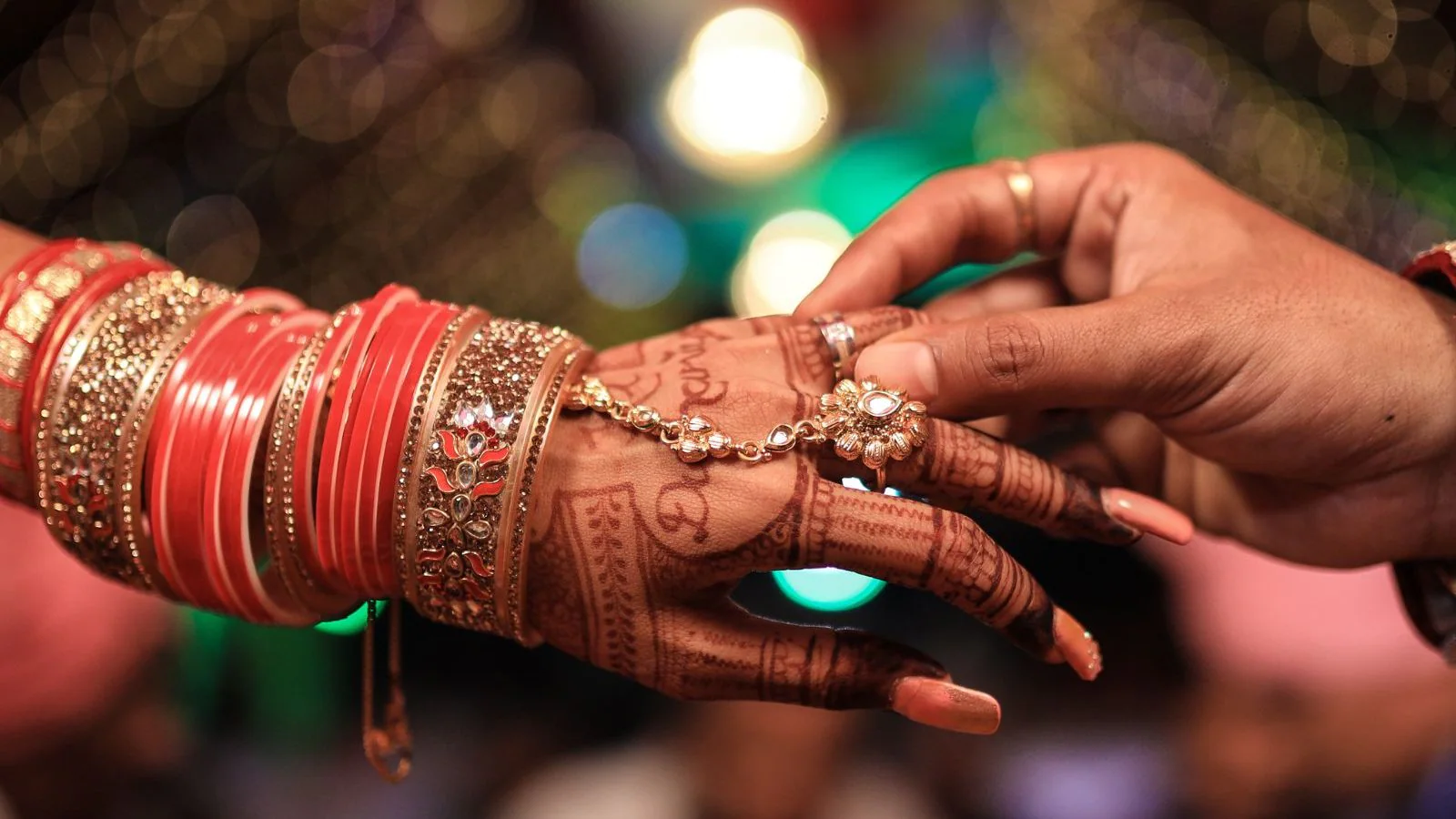Yes, what could be simpler or more direct than images that say so much more than a thousand words; without fuss or frills, just pictures that speak to the heart, in an instant and in silence?
In the swift blur of just a click, photographs cut through the verbal maze of words and languages, and in a flash, you have the most powerful form of communication. Yes, what could be simpler or more direct than images that say so much more than a thousand words; no fuss or frills, just pictures that speak to the heart in an instant and in silence?
World Photography Day (August 19) celebrates this evocative magic and the creative rush of photographers, amateurs and professionals alike, around the world. In the 21st century, the camera has become a very useful and fun tool in our daily lives, whether we are professional photographers or not. World Photography Day brings together people who share a passion for photography and also raises awareness about this art form around the world.
It all goes back to 1837 when the first-ever photographic process, the ‘Daguerreotype’ was developed by the Frenchmen Louis Daguerre and Joseph Nicephore Niepce.
Before the daguerreotype, there was an 11th century Iraqi invention called the camera obscura, which was a pin-hole camera. But it only projected an image. The scenario changed with the daguerreotype.
Much of contemporary history has depended on photography to make a faithful record of events like floods, famines wars, assassinations, political upheavals – in fact, from anything to everything
In the 1880s, Kodak launched its first consumer-based cameras in the market. Camera films became affordable only as late as the 1940s. By then, the world wars had begun and shaped the way we looked at humanity. The camera became a means to show the grim realities of war. Photojournalism was on the rise, and soon camera became a tool of communication.
In the mid-1960s emerged the polaroid instant image system. Then followed the SLRs, and then, the digital revolution pumped in with DSLRs. Smart cameras, camcorders gave way to the phone cameras and laptop cameras of today.
George Eastman, also known as “The Father of Photography,” brought the camera to the masses. Although he did not invent the camera, he did develop many additions. His developments made the camera widely available to homes around the world.
Digital cameras have many features and variations, making them appealing to people of all ages for personal and professional use. The portable and easy-to-use features not only allow us to take photos quickly, but we can also edit them on the fly.
Today rapidly changing technologies have made it possible for people to take photos with their smartphones and immediately share them with friends and family around the world.
Much of contemporary history has depended on photography to faithfully record events like floods, famines wars, assassinations, political upheavals, the downfall of kingdoms and the birth of nations and a host of earth-shaking events – in fact from anything to everything. Indeed photographs are true chroniclers of everything that passes into history.









